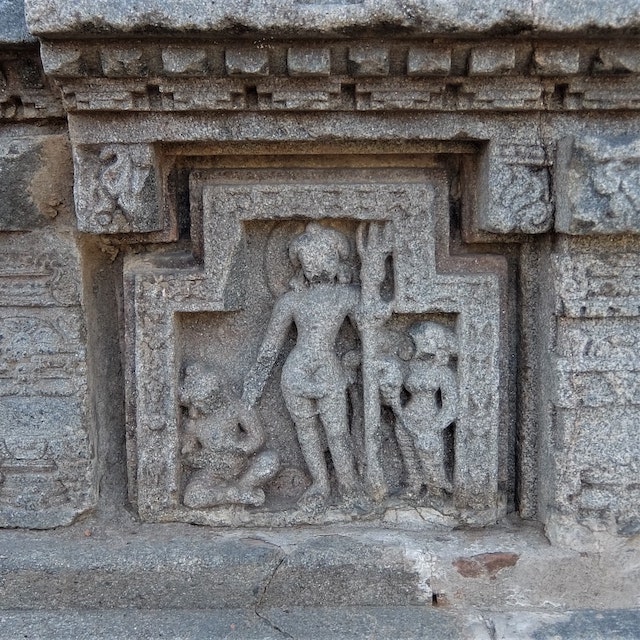
During the Śivadharma Seminar on the 23rd of March, I will talk about my current research on the presence of Śiva at Nālandā. Even though this large monastic site in Bihar is primarily associated with Buddhism, a significant amount of Śaiva images have also been found.
The reliefs on a plinth of one particular building depict so many Śaiva elements that some scholars have suggested that the building used to be a Śaiva temple. However, it is debatable whether a Śaiva temple could have been a part of the monastic village. In order to understand how these reliefs can be interpreted, I am investigating how these reliefs relate to the other Śaiva images and seals from Nālandā and the art in the wider region.

The iconographic presence of Śiva at Nālandā shows that we should study the history of Śaivism and Buddhism in tandem. One could, of course, argue that the Buddhists simply incorporated some Śaiva aspects in their own iconography. However, even if this is the case, one cannot deny the exchange that took place between the two religious groups.

The ‘anomalous’ presence of Śiva shows that we have to be careful in approaching historical sites with rigid views about their (religious) identity. By comparing the materials with textual sources, I hope to get a better understanding of the historical practices at Nālandā and the role of Śaivism in its history.
